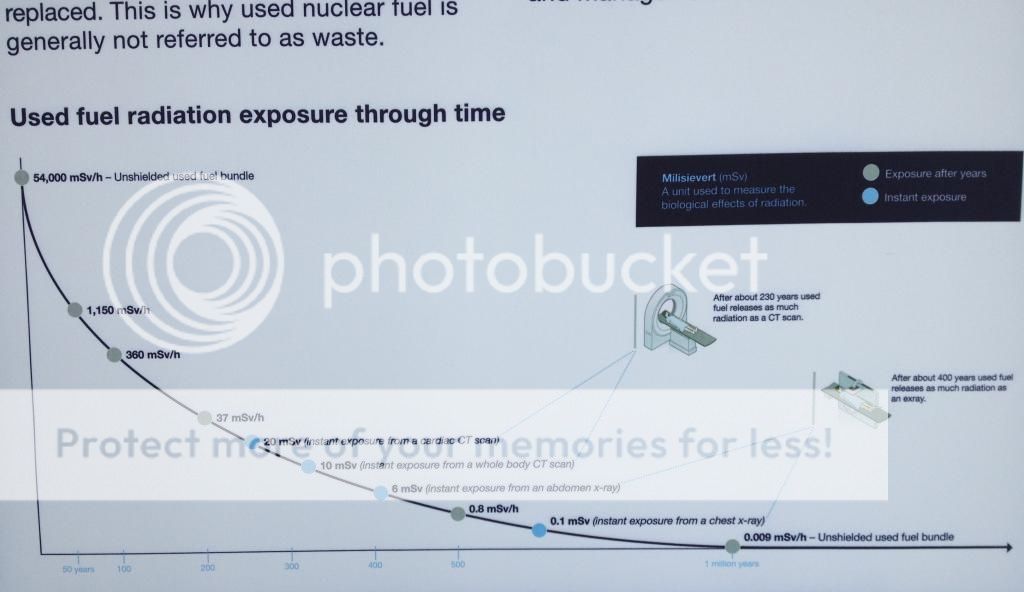paulharvey
Veteran Member
1 ... I would still not stand beside it after 250 years .... "not particularly radioactive" doesn't answer answer the original question of "when is it safe" as in " can I let my kids play beside it all day every day."
2 .... "stable geological rock formations in western Ontario" northern Ontario is "stable" at the present , but in the past it wasn't , and will be unstable in the future ..... ever hear of Pangea? the earths crust is constantly moving / changing , even today .... ???? tomorrow , we never know ( just ask the experts when and where the next earthquake is going to be )... things change ....
you may not consider waste disposal as a threat to future generations .... I do, same goes for "incidents" ( AKA human error ) ...
do I know all there is to know about nuclear ? ... hardly ...
Do I work in the field? ... nope and never said I was an expert.
can I read and make informed decisions ? .... yes
can I tell when a politician / press spokesperson is lying ? ... yes , their lips are moving ....:laughing:
So, it sounds like you are worried about 500+ years from now or maybe more like 50,000+ years from now... not our problem. Neither the USA or Canada are likely to still exist 500 years from now, so who cares. Doesn't seem like it's worth worrying about Pangea, or the next ice age.
